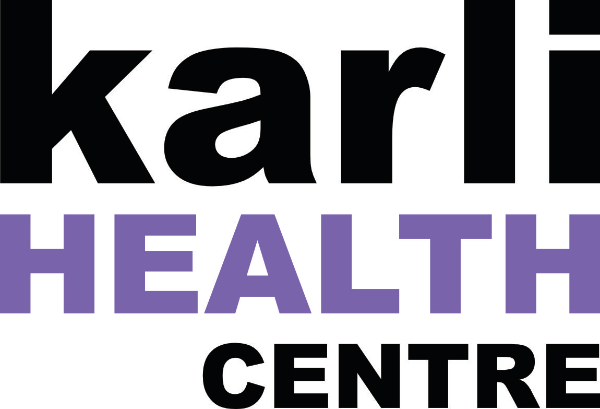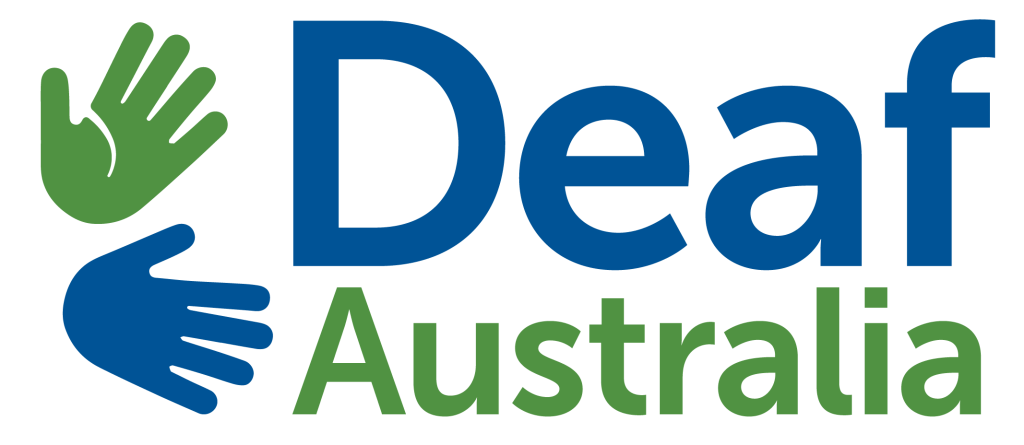Deaf Trauma
Our logo is made up of six images each reflecting different unique experiences a deaf person may go through which could impact their mental health. We would like to thank Olivia Beasley for designing our logo.
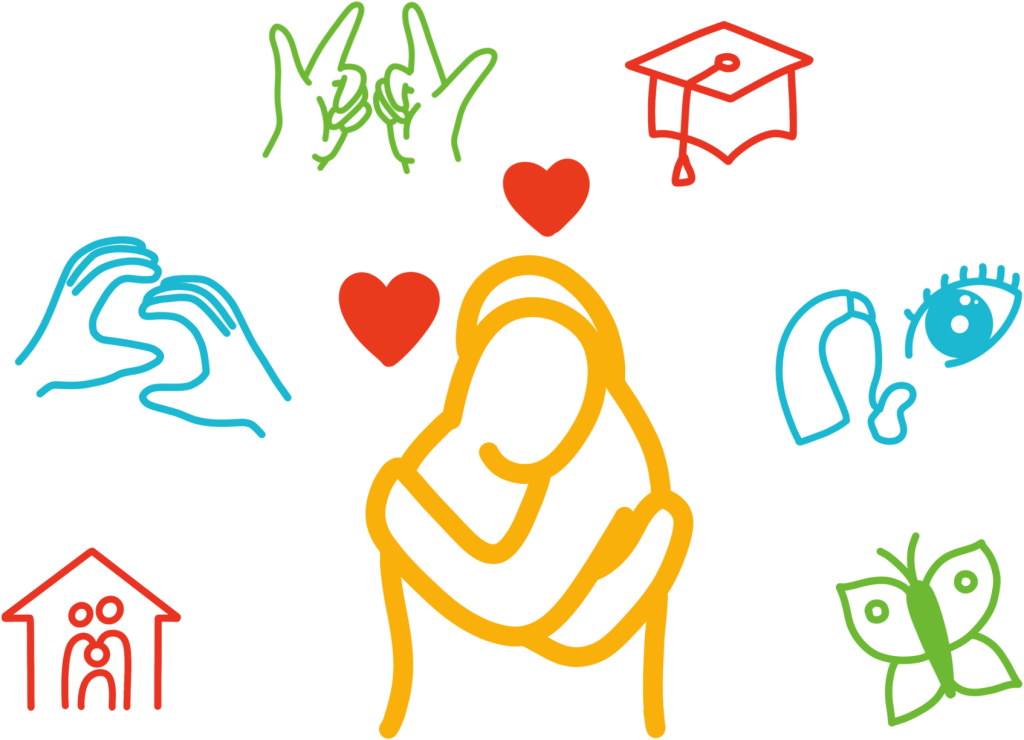
Deaf Trauma is trauma that has been specifically related to deafness. It has been recognised as something significant and unique and evolves around six key areas experienced by many with early life deafness. Briefly, these are: language deprivation, communication barriers, inadequate social interaction, educational delays, insufficient parental bonding and identity conflict as a result of varying communication methodologies imposed upon the deaf child.
In order to prevent this from happening, it is necessary to provide a Deaf baby a safe home, healthy attachment with parents with unconditional love and clear communication in sign language. By doing so, the chance that they will grow to become healthy adults is increased. This would pave the way for future deaf generations.

The (Hugging figures) symbol in the logo represent how Deaf & hard-of-hearing children have specific needs as a part of their development. These can be categorised as a need for love, community, communication, language education and socialisation to support and develop healthy identities. If these specific needs are met, they have a better chance of growing up into healthy adults .
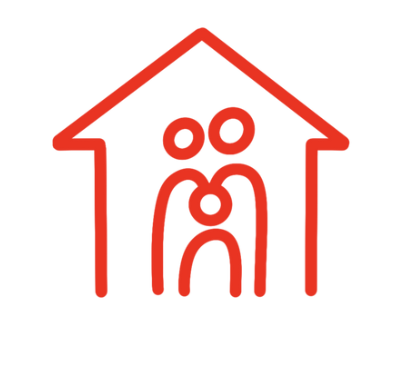
This symbol represents when a baby is born, it needs parental love, connection, communication, affection, eye contact, cuddles, and guidance to feel secure. All children need this; deaf children can often miss out on this crucial development because there is not a shared language or view between parent(s) and child.
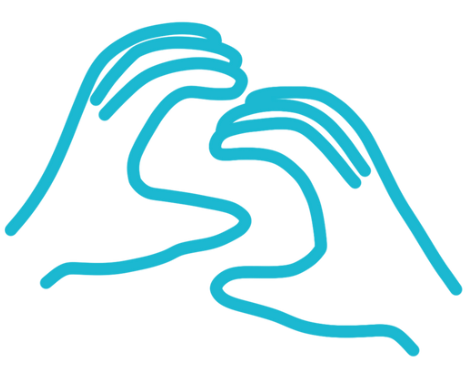
Communication is crucial for Deaf babies. Often parent(s) and child are not connected through a shared language. This connection can be fostered and established by being exposed and guided to regular and interactive communication and signing through storytelling, explaining, describing, sharing reading books and educating.

This symbol represents language and the importance for a deaf child when growing up to learn two languages; the first is to teach sign language, then English via reading, learning, playing, socialisation and if natural for the child to learn to speak, then they can. That is a bilingual approach.

Deaf children need language access to education when going to school. It is important for the child to be consciously taught about the world, to explore who she, he or they are, through making friends, learning from teachers and community all in their language, that is accessible education.

This represents how a deaf child can be traumatised by seeing two conflicting opinions about which language to use and to learn. There is often conflict in how the child ought to come understand the world by wearing a hearing aid, a cochlear implant or visually via sign language.**1
**1 The child needs to develop a healthy deaf identity by learning both languages; by seeing deafness as a difference, not as “less than” as well as an identity to be proud of. Auslan, then English. If the child eventually learns to speak, then this adds to their communication capabilities. But learning to speak need not be a sole focus. Not all deaf children can develop speech that is understood by others.
The psychosocial barriers relating to deafness are unique and directly attributable to the disability because of how deafness can impede ease of communication with many of the significant individuals in the deaf person’s life. These can include family, friends, employers, colleagues, members of the public and so on. These barriers to communication can result in isolation and withdrawal on the part of the person with deafness. Specific therapeutic work is necessary to support the deaf individual to attain and/or re-attain independence and engagement with the community.

A butterfly – represents that a deaf child needs a lot of socialisation opportunities; communicating, signing, language development, reading, in fact everything to grow and develop a healthy identity and to be a free and happy social butterfly.


